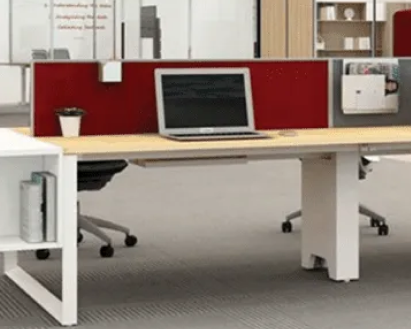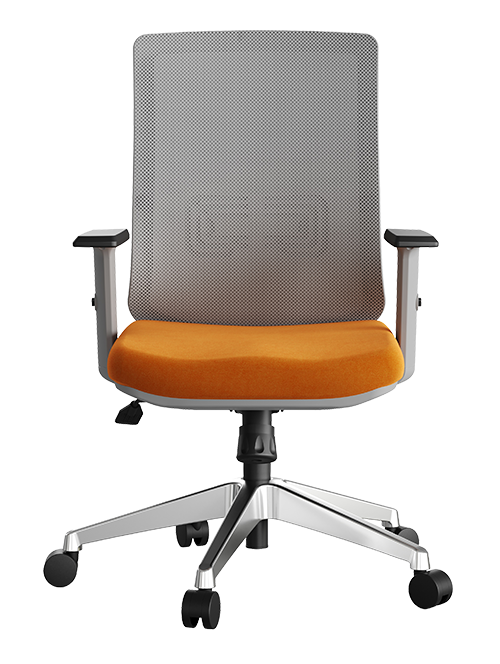Is Hybrid Working here to stay?
We are living in times where people are privileged enough, and in some cases obliged, to work remotely from just about any corner on earth, including, of course, their homes. All you need to have is an internet connection and a table & chair set to work upon. But just like you can’t settle with a dial-up network for your internet needs, you can’t sit with a laptop on your lap for the rest of your work from home tenure. After a point, it becomes imperative to have a workspace that provides the much-needed ergonomic comfort that enhances one’s productivity and ability to work. This can only be achieved by investing in good home office furniture.
While most people don’t mind investing greatly in an ergonomic chair, many do undermine the importance of a good ergonomic desk. In truth, a desk forms the central element of your workspace. Investing in a high-quality office desk is a smart move as it can pay off in the form of increased productivity, which is why it is important to consider certain aspects before buying one. HNI India, a leading home office desk manufacturer, brings to you at least 5 parameters to consider while choosing the right home office desk for your workspace:
1.Size
A work desk will have a permanent real estate space occupied in the form of a laptop or a desktop. Hence, in order to keep room for other elements, it needs to be spacious and clean. The size need not be so huge that it occupies most of your room but also not very small that you can barely move your mouse on it. If there’s a file cabinet or trash cans, there should be sufficient space to accommodate everything. The ideal size is gauged taking into consideration the space available around the desk.
2. Height
When choosing the right height for your desk, you should keep in mind your height and the eye level for your laptop/desktop. Of course, a height adjustable chair can give you a little leverage to adjust your height, an overly tall or short table won’t help. As per the Cornell University Ergonomics Web, the ideal desk height for most office workers is 28 to 30 inches. An optimal way out of the height dilemma would be to invest in a height adjustable table that lets you work even at a standing height.
3. Ergonomic Design
Proper desk ergonomics involve making sure that there’s enough space for your feet, knees, and thighs. Ergonomic design ensures a healthy work posture throughout the day. If you have a short desk, making minor adjustments to it such as placing sheets underneath to bring it to optimal height can prevent muscle strain and back pain. The best way is to buy an ergonomic desk from a trusted name such as HNI India and do away with the hassles of manual adjustment.
4. Space
An office desk without sufficient storage can lead to a lot of mess and clutter. With HNI desk options such as the STAVA, you get dedicated spaces for keeping your stationery, wires, and even elements like succulents on or underneath your desk. A neatly designed furniture helps you work comfortably without letting you feel overwhelmed.
5. Material
When buying new office furniture, you want to make sure they are of good quality if you don’t plan to keep buying a new one every year. Pick ‘engineered wood’ such as the one used by HNI, which is durable, affordable, and comes in a multitude of finishes. Ensure you have laminates that are fireproof and waterproof, be careful of rough edges.
A comfortable, ergonomic workspace can help you feel and work at your best. We suggest keeping these tips in mind every time you start the workday! If you are looking to buy online office furniture, do definitely check out our e-store!


